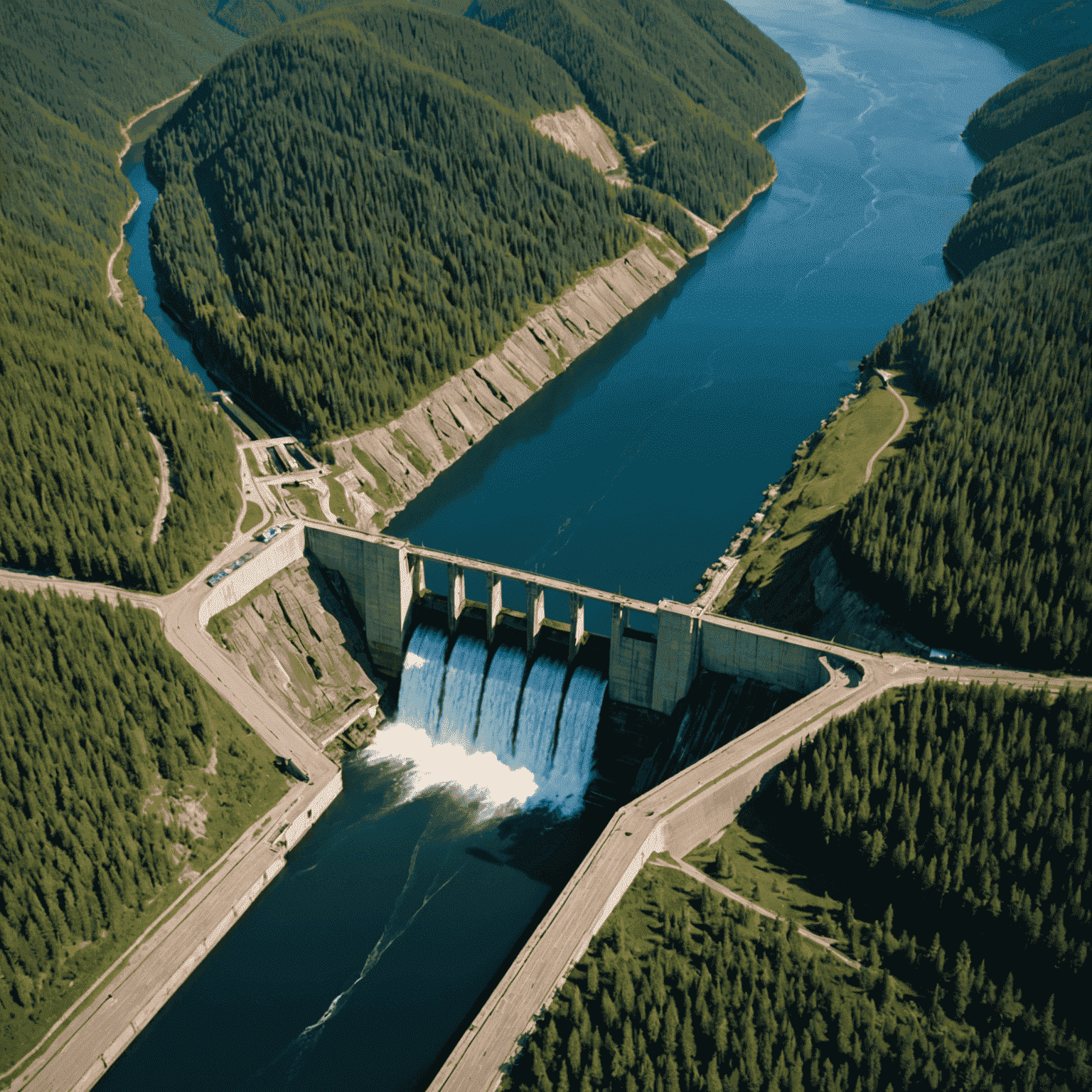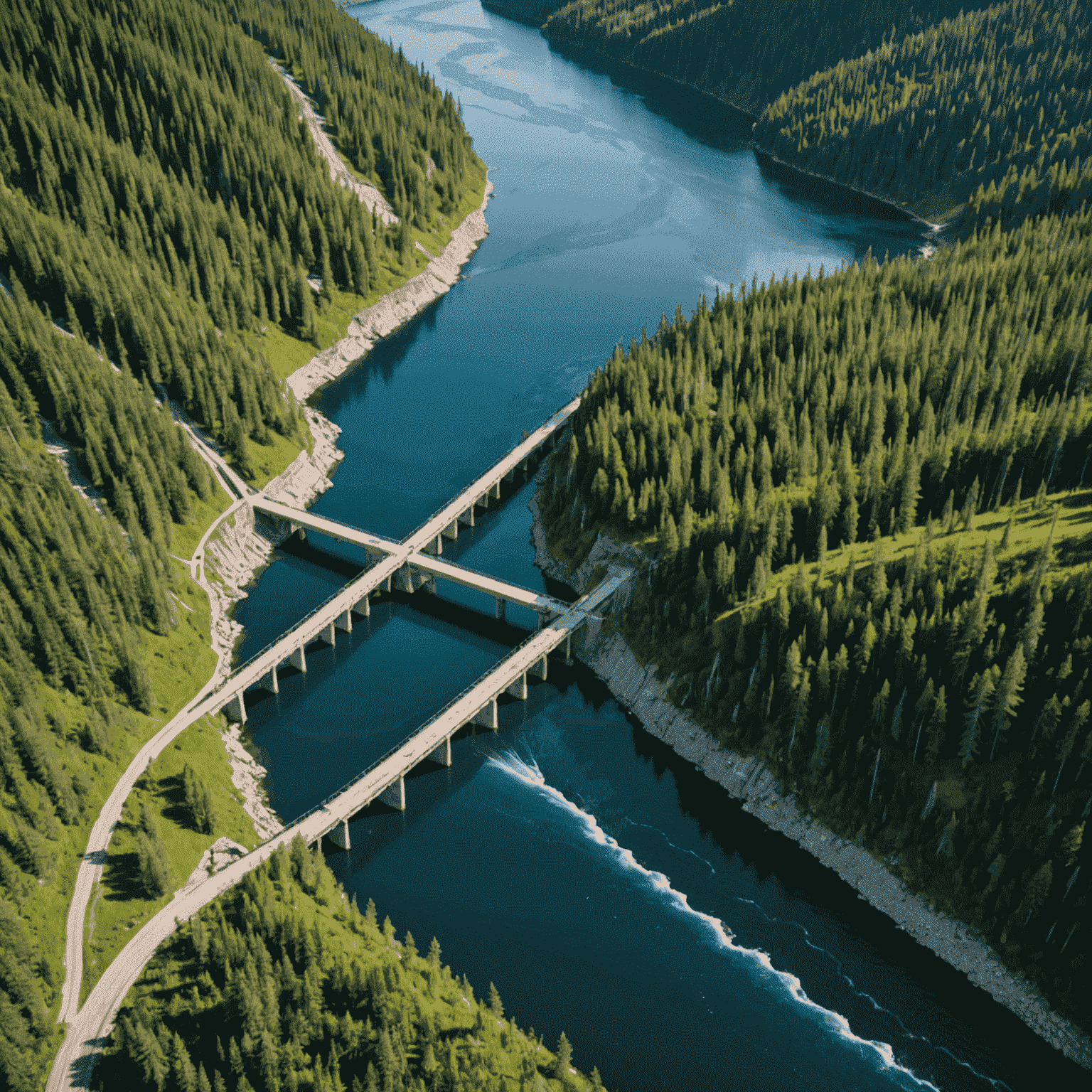Hydroelectric Power: Tapping into Canada's Waterways

Canada's abundant waterways have long been a cornerstone of its renewable energy strategy, positioning the country as a global leader in hydroelectric power generation. This clean energy source plays a crucial role in reducing carbon emissions and shaping a sustainable future for the nation.
The Power of Flowing Water
Hydroelectric power harnesses the energy of moving water to generate electricity. In Canada, this process typically involves large-scale dams and reservoirs, but also includes run-of-river and pumped storage systems. The country's vast network of rivers, lakes, and coastal areas provides an ideal landscape for hydroelectric development, contributing significantly to its clean energy portfolio.
Key Benefits of Hydroelectric Power:
- Low greenhouse gas emissions
- Renewable and sustainable energy source
- Long lifespan of facilities (50-100 years)
- Ability to quickly respond to peak energy demands
- Contributes to water management and flood control
Environmental Considerations
While hydroelectric power offers significant advantages in terms of carbon reduction, it's essential to address its environmental impact. Large-scale projects can alter local ecosystems, affecting fish populations and wildlife habitats. Modern hydroelectric developments in Canada prioritize environmental stewardship, implementing fish ladders, maintaining minimum water flows, and preserving surrounding landscapes.

The Future of Hydropower in Canada
As Canada continues to pursue ambitious clean energy goals, hydroelectric power remains a cornerstone of its strategy. Future developments focus on:
- Upgrading existing facilities for improved efficiency
- Exploring small-scale and run-of-river projects with minimal environmental impact
- Integrating advanced technologies for better grid management and energy storage
- Collaborating with Indigenous communities for sustainable development
By leveraging its natural resources and commitment to innovation, Canada is poised to maintain its position as a global leader in hydroelectric power, contributing significantly to carbon reduction efforts and a cleaner energy future.
Conclusion
Hydroelectric power stands as a testament to Canada's commitment to clean energy and carbon reduction. As we navigate the challenges of climate change, the country's waterways will continue to play a vital role in powering a sustainable future, balancing economic growth with environmental stewardship.